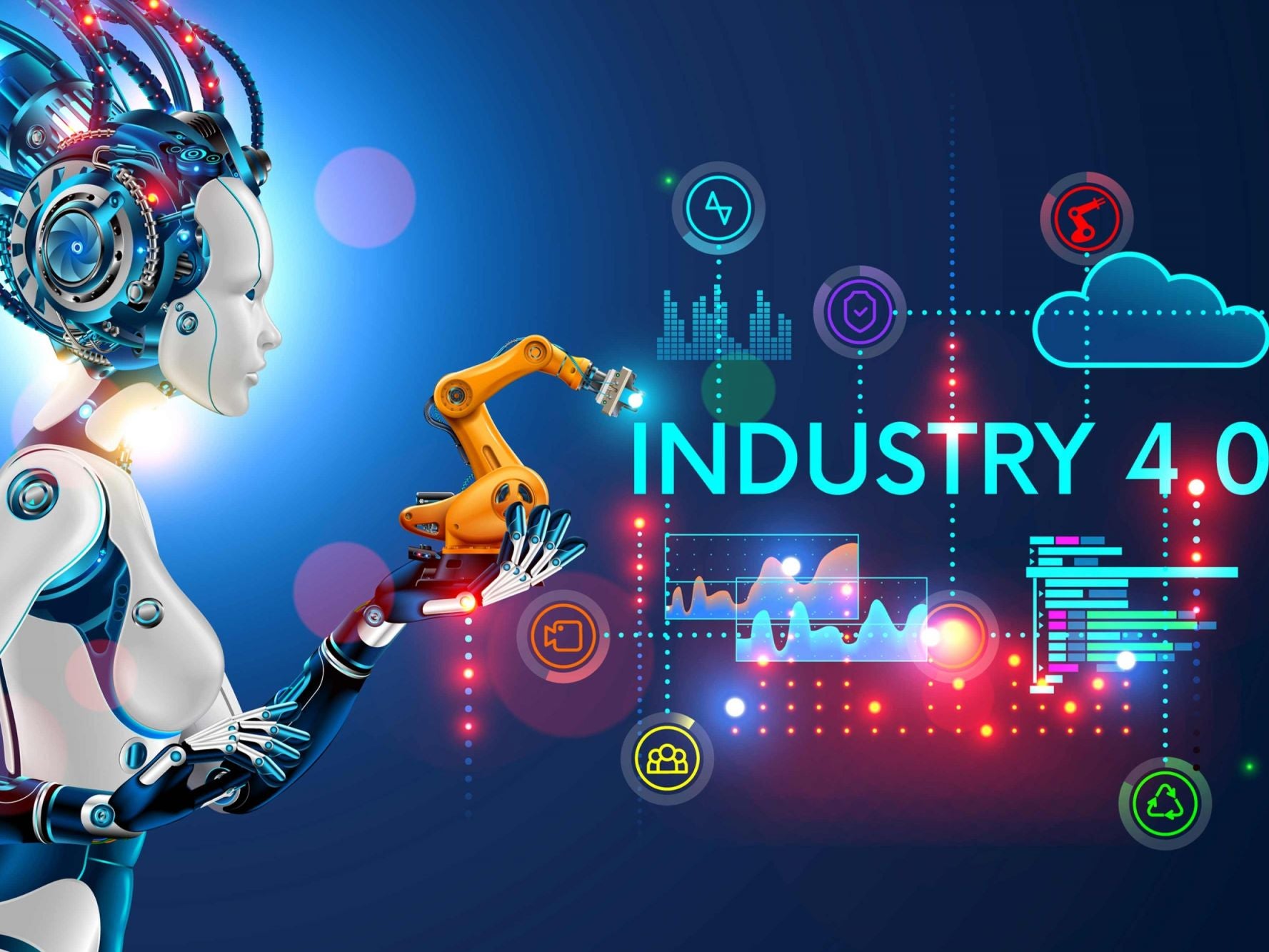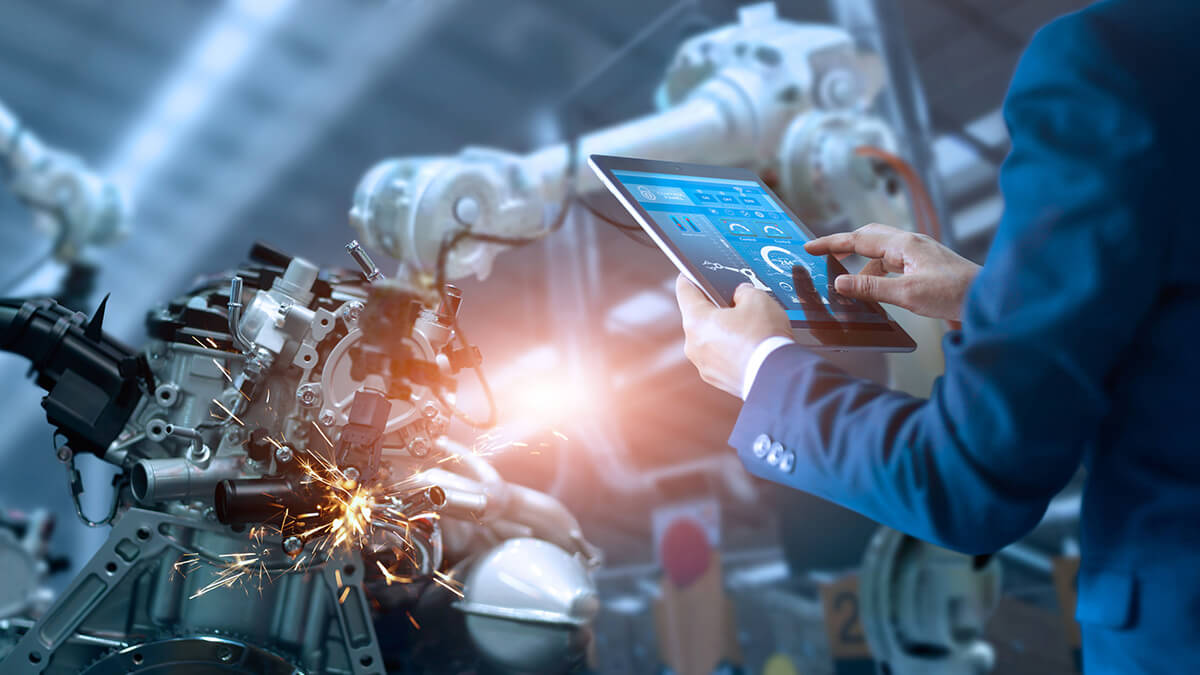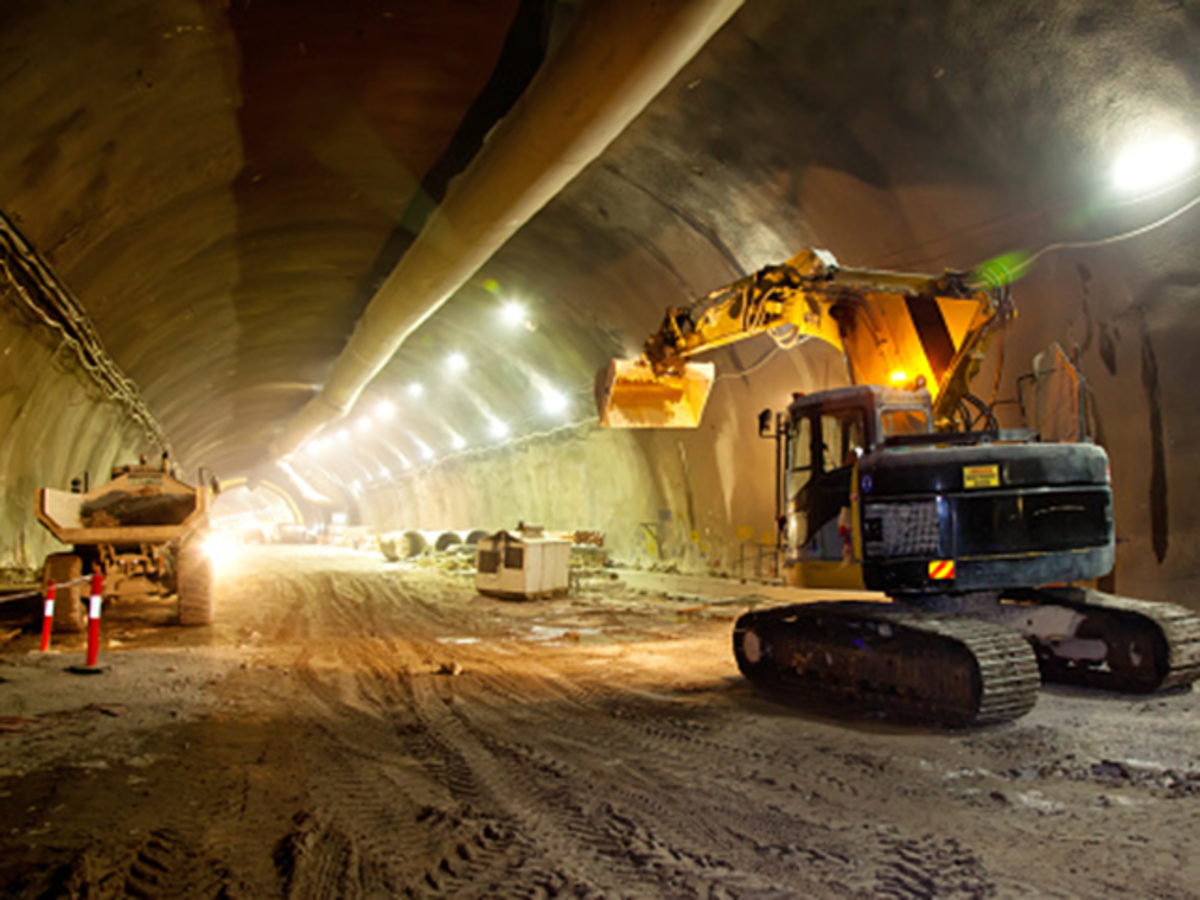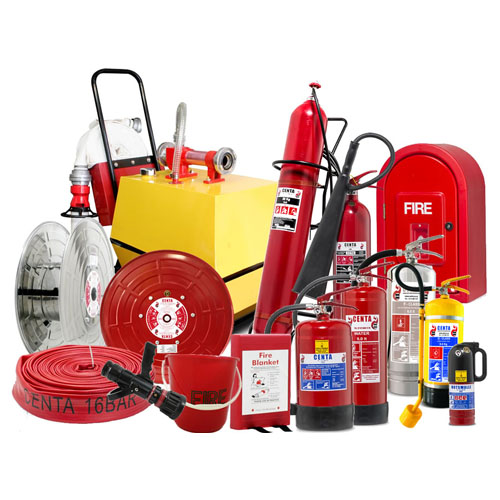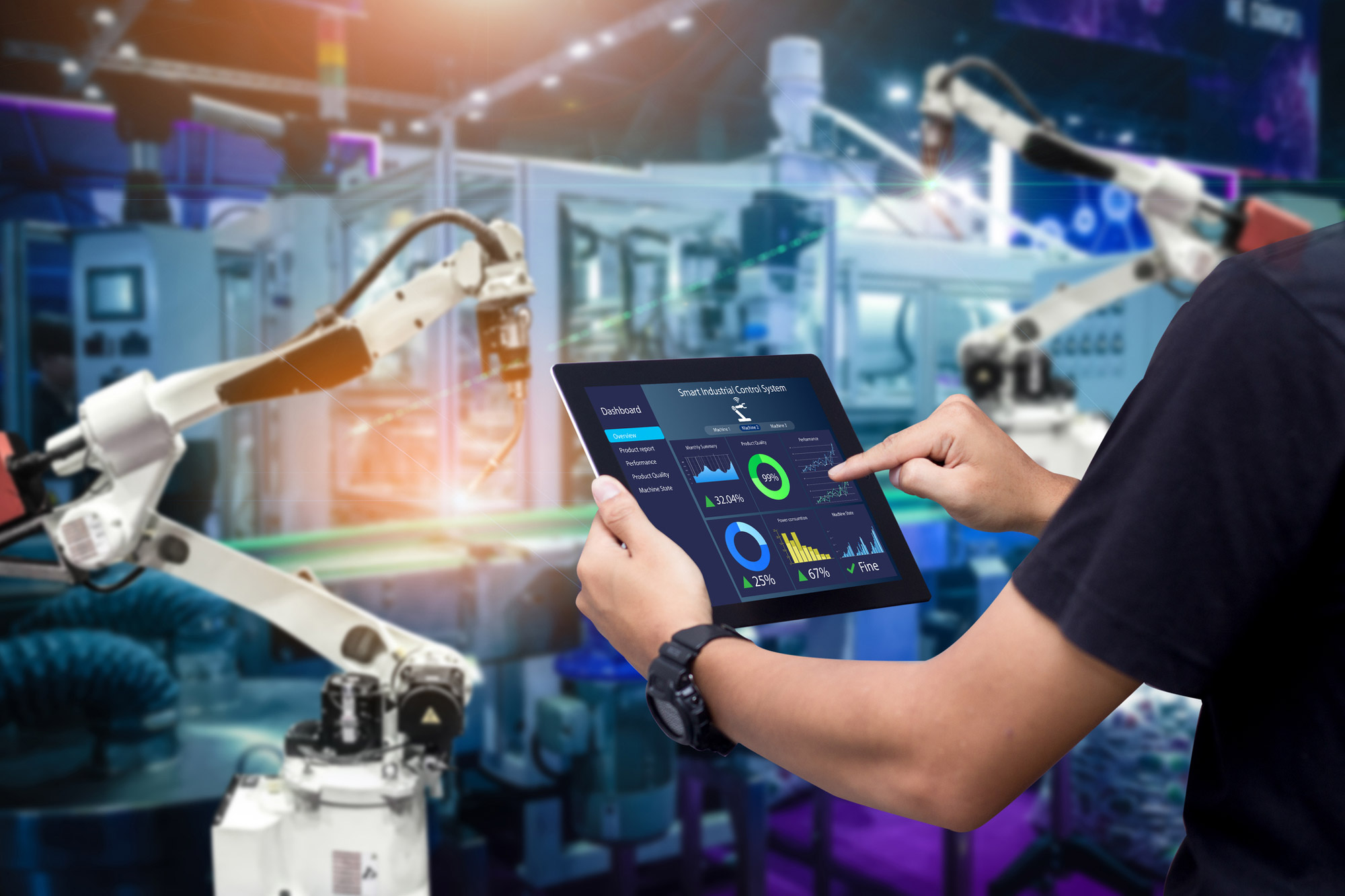Augmented Reality and Virtual Reality in Manufacturing
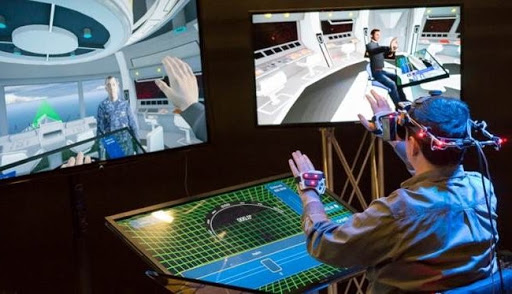
What exactly is augmented reality? It's a type of technology that allows you to see the product in your immediate environment. It superimposes a computer-generated image over one's real-world view, resulting in a more enhanced version of reality. On the other hand, when one can put on a VR headset and be immersed in a truly immersive environment, interacting with it just like in the real world.
Yes, it does sound futuristic. What's more, guess what? It's a fact; it's used in everything from entertainment and gaming to healthcare, education, and manufacturing. AR and VR innovations are quietly infiltrating the automotive and industrial sectors and are now taking over the market. It's becoming a powerful tool for the industry to use, with too many tiny parts and complicated assembly. Both large and small businesses have created demonstrations and proof-of-concept experiences to analyse the use of AR and VR, and they are now bullish on these technologies and their mainstream integration. Some of them have already begun to do so.
Here are a few examples of how AR and VR are used in manufacturing:
Quality assurance and assembly
Our time is built based on speed. There are hundreds of thousands of small parts and equipment that, when perfectly assembled, can give us the final product. From mobile phones to rockets, everything has a collection of assembly instructions. For assembly instructions, manufacturing firms have relied on paper manuals. Assembly line staffs are prone to making errors in complicated assemblies, and the cost of reassembling the product may be high.
In this case, AR will assist employees in accurately assembling the piece. This can be done with head-mounted AR headsets or tablets. This would change the whole dynamic of wasting hours finding out which part goes where. AR aids in getting things right the first time. AR will help businesses minimize paperwork and go green by reducing assembly errors and decreasing paperwork.
Maintenance for augmented reality and virtual reality
Maintenance, like assembly and quality control, is an essential part of the manufacturing process. Currently, extensive maintenance manuals can be found in a variety of locations. Reading and memorizing these will take a long time. Who has that kind of time these days? Companies will make this process a lot easier with the aid of augmented reality.
Imagine being able to use a portable device to check on the computer’s condition in front of you. Users will go through step-by-step information to fix the laptop using real-time superimposed digital information. If the user becomes stuck at some stage, they may use a digital simulation to help them repair the computer. He/she can also choose remote maintenance, in which he/she can get support from a technical team sitting in an office using a handheld computer. Reduced human errors, execution time and downtime, and improved efficiency and speed are just a few of AR and VR advantages in maintenance.
Training in Virtual Reality
When it comes to teaching people to run machines and perform operations, virtual reality opens up many opportunities. In manuals and lectures, there is only so much that can be taught. Virtual reality has all of the advantages of reality without the costs or risks associated with a ride to the plant to accomplish the same aim. Companies can combine classroom and on-the-job training in a simulated environment, where users can learn about products/machinery and then practice on virtual 3D machines. Additional repetitions may be performed, which is an important activity that helps develop muscle memory and complete tasks quickly.
Furthermore, immediate supervisors can recognize learning gaps and provide clear guidance to users to improve their performance. Productivity can be significantly increased by using virtual reality for training at any stage of the industrial production process, from original design to assembly optimization.
Opportunity to work with the best product designs
It's never been easy to create a complex production machine. Several iterations are needed for the design process, prototyping, finding mistakes, and then redesigning. Even a minor mistake will force designers to go through another prototype, delaying production and, as a result, go-to-market.
Product design feasibility can be determined using virtual reality to detect potential issues before the machine is installed. Engineers engage with templates, visualize product effects, and partner closely with internal team members and clients to prevent rework, giving companies more significant insights into their designs. This lowers the probability of delays, and businesses will benefit from quicker time to market and better product design.
The role of augmented reality and virtual reality in sales and marketing
This takes us to the manufacture’s final point: sales and marketing. Whenever we purchase a product, we want to try it out first. But what if you could get the product delivered to your home without having to get out of bed?
We can see small and large items, how they will fit in a customer's room, and how they will function externally and internally, thanks to AR and VR. Consider an elevator product: a consumer may see and choose the type of elevator they desire. It could be placed in any location, and the external door form, material finish, internal panels, handle, and lighting could all be customized. Then he or she gets to go inside the lift and try it out.
Gamification and game-like nature
This is the most crucial aspect of VR and AR solution development; it can make or break the experience. Users can perform better in a virtual environment with improved memorability and better perform tasks by combining AR-VR with gamification and gameful design. It's also worth noting that gamification for a well-designed experience is not the same as loyalty marketing. Extrinsic motivations and incentive schedules may aid the short-term commitment. Intrinsic motives are critical when it comes to designing the best experience for long-term engagement. A well-designed experience can make even the most mundane tasks enjoyable.
Factors that positively impact the global market
The rising demand for minimizing operational cost, rise automation, and quality assurance is estimated to bolster the market during the forecast period. This fuels the demand for AR and VR applications in the manufacturing industry.
"North America is Projected to Emerge Dominant Region in the Market During the Forecast Period"
North America is forecasted to emerge dominant in the global Virtual Reality in Manufacturing Industry. North America generated a revenue of USD 359.5 million and is likely to hold an outstanding market share during the forecast period. Established IT infrastructure has given traction to the early adoption of advanced technologies in the region and has contributed to market growth.
The Asia Pacific is estimated to exhibit a remarkable growth rate during the forecast period. As manufacturing is one of the significant businesses in countries like China, India, and Japan, it demands advanced manufacturing solutions. This factor will drive the need for virtual reality applications in the manufacturing industry across the region. China is expected to hold the largest market share in virtual reality in the manufacturing industry.
Europe is projected to hold a significant VR position in Manufacturing Industry, followed by North America and the Asia Pacific. Substantial industrial base and digitalization of services are likely to drive the market growth across the region. UK is expected to contribute to a significant share in VR in the manufacturing industry. Italy is recognized as the second-largest manufacturer after Germany, which creates an opportunity for VR in the region’s manufacturing sector.
Major Highlights of Key Players of the Manufacturing Industry
"Key Players in Virtual Reality in Manufacturing Industry Are Likely to Focus on VR Based Research and Development Projects"
Many manufacturers are leveraging VR benefits in the industrial environment. For instance, in recent years, Thyssenkrupp, an elevator manufacturer, announced that its technician would be using Microsoft Hololens technology as a tool to improve in service operations. Hololens enables service technicians to visualize and identify problems with elevators. They also have remote technical and remote information. access to
On the other hand, Toyota arrayed a pilot project with Reality Matters, a pilot company, to train the assembly workers using the HTC Vive to teach hand movements and IT systems operation. This has encouraged the workers to work and gain advanced knowledge.
Significant Highlights of the market
INDUSTRY DEVELOPMENT:
- EON Reality Inc. announced EON World Builder (TM) beta release. EON World Builder enables the users to build, design, upload, and share any format they wish to. This application works only on IOS or Android phones, and it is included in the EON Experience VR Library.
- HTC and Autodesk are working together, intending to revolutionize the way designers create, model, and collaborate. Through a cloud-based design engine, Forge, and HTC Vive platform, customers would be able to collaborate with immersive experiences using VR.
Conclusion: Bringing humans and technology closer together, AR and VR are reshaping the manufacturing industry. The manufacturing industry is growing, and AR and VR are paving the way for possibilities that are attracting a lot of interest. They will undoubtedly improve safety, design purpose, and efficiency, bringing man and machine closer together.


